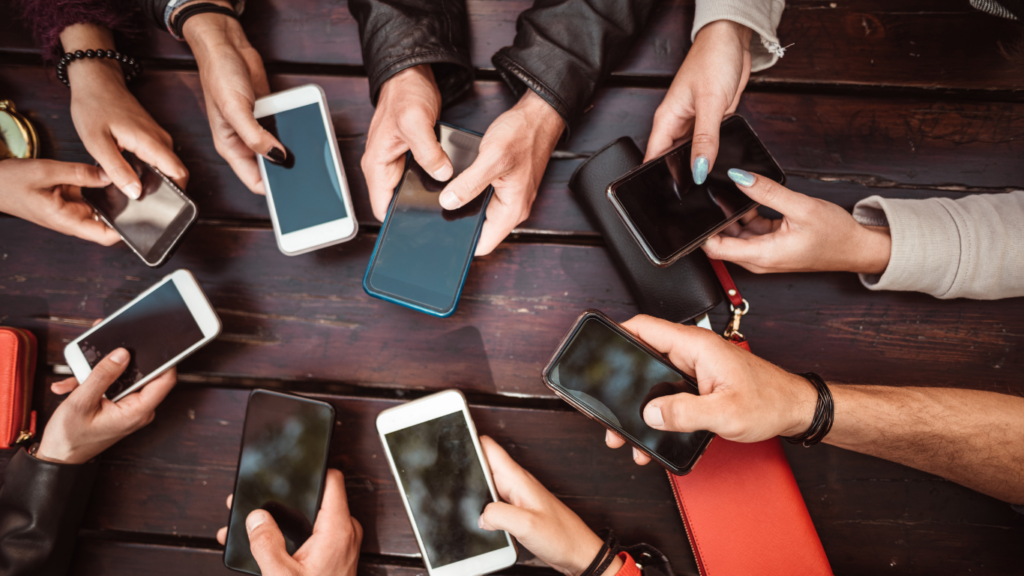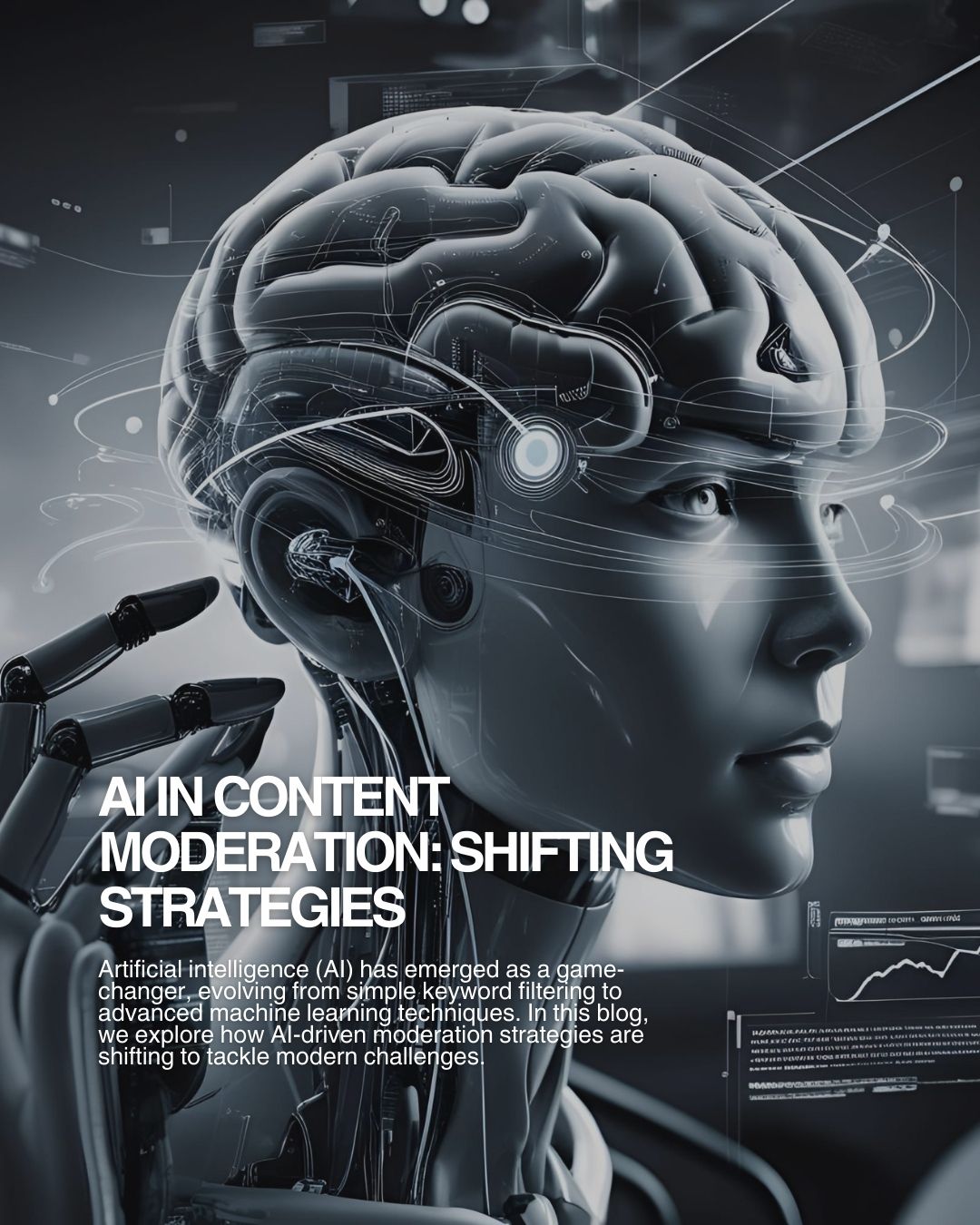Social media has fundamentally transformed the landscape of activism and social movements. What once required months or even years of organizing can now happen in a matter of days or hours, thanks to the power of platforms like Twitter, Facebook, Instagram, and TikTok. These digital tools have democratized the ability to mobilize, amplify voices, and spread awareness on a global scale. Here’s a closer look at the role of social media in social movements and activism.

1. Amplification of Marginalized Voices
- Social media has given a platform to voices that have traditionally been marginalized or ignored by mainstream media. Activists from diverse backgrounds can now share their experiences, insights, and calls to action with a wide audience. This amplification of marginalized voices is crucial in highlighting issues of injustice, inequality, and discrimination that might otherwise go unnoticed. By using hashtags, sharing stories, and creating viral content, social media users can bring attention to important social issues and demand accountability.
2. Rapid Mobilization and Organization
- One of the most significant impacts of social media on social movements is the speed at which it allows for mobilization and organization. Activists can quickly spread the word about protests, rallies, and other events, enabling large groups of people to gather in a short amount of time. Social media platforms also facilitate the coordination of actions across different locations, making it easier for movements to scale and gain momentum. For example, during the Arab Spring, social media played a key role in organizing protests and sharing real-time updates across the region.
3. Global Reach and Solidarity
- Social media transcends geographic boundaries, allowing movements to gain international support and solidarity. Hashtags like #BlackLivesMatter, #MeToo, and #ClimateStrike have connected activists and supporters from around the world, creating a sense of global unity around shared causes. This global reach helps to build awareness and put pressure on governments, corporations, and other institutions to enact change. It also enables activists to learn from each other’s experiences and strategies, fostering a sense of global community and shared purpose.
4. Challenging Traditional Power Structures
- Social media has disrupted traditional power structures by giving ordinary people the tools to challenge authority and hold powerful institutions accountable. Through viral posts, live streams, and online petitions, activists can bypass traditional gatekeepers like the mainstream media and communicate directly with the public. This has led to greater transparency and accountability, as social media users can expose corruption, human rights abuses, and other injustices in real-time. The ability to document and share events as they unfold has empowered grassroots movements and shifted the balance of power in favor of the people.
5. Digital Advocacy and Campaigning
- Social media has become a powerful tool for digital advocacy and campaigning. Activists use platforms to run awareness campaigns, share petitions, and crowdsource funds for their causes. These campaigns can reach millions of people with minimal resources, making it easier for grassroots movements to gain traction. Social media also allows for more personalized and targeted advocacy, as campaigns can be tailored to specific audiences based on their interests and values. The success of digital campaigns like #IceBucketChallenge and #FridaysForFuture demonstrates the potential of social media to drive real-world change.
6. Education and Awareness
- Beyond mobilization, social media plays a crucial role in educating the public about social issues. Activists use platforms to share information, historical context, and resources that help followers understand the complexities of various causes. Educational threads, infographics, and videos are widely shared, making it easier for people to learn about issues they might not have been exposed to otherwise. This democratization of knowledge helps to raise awareness and build a more informed and engaged public, which is essential for sustaining social movements.
7. The Challenges and Risks of Social Media Activism
- While social media offers many benefits for activism, it also presents challenges and risks. The spread of misinformation and disinformation can undermine movements and create confusion. Online harassment and trolling are significant issues, particularly for activists from marginalized communities. Additionally, the fast-paced nature of social media can lead to “slacktivism,” where people engage in superficial online actions without meaningful offline involvement. Privacy concerns and surveillance are also critical issues, as governments and corporations can use social media data to track and target activists.
8. Case Studies of Social Media-Driven Movements
- #BlackLivesMatter: The Black Lives Matter movement, which started as a hashtag on Twitter, has grown into a global movement advocating for racial justice and police reform. Social media played a crucial role in organizing protests, raising awareness, and amplifying the voices of those affected by police violence.
- #MeToo: The Me Too movement, which went viral in 2017, brought attention to the widespread prevalence of sexual harassment and assault. Through social media, millions of people shared their stories, creating a powerful collective voice that led to significant cultural and legal changes.
- Arab Spring: Social media was instrumental during the Arab Spring, as activists in Tunisia, Egypt, and other countries used platforms like Facebook and Twitter to organize protests and share real-time updates with the world. The movement highlighted the power of social media in challenging authoritarian regimes.

Conclusion
Social media has become an indispensable tool for modern activism, enabling movements to grow, evolve, and make a lasting impact. It empowers individuals to amplify their voices, mobilize communities, and challenge the status quo in ways that were previously unimaginable. However, the effectiveness of social media in driving change ultimately depends on how it is used. While it offers unparalleled opportunities for activism, it also requires careful consideration of the challenges and risks involved. As social media continues to shape the future of activism, it’s clear that these platforms will remain central to the fight for social justice and equality.


































































